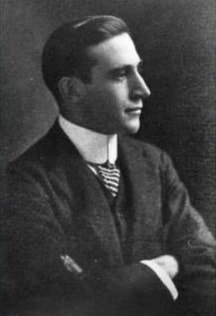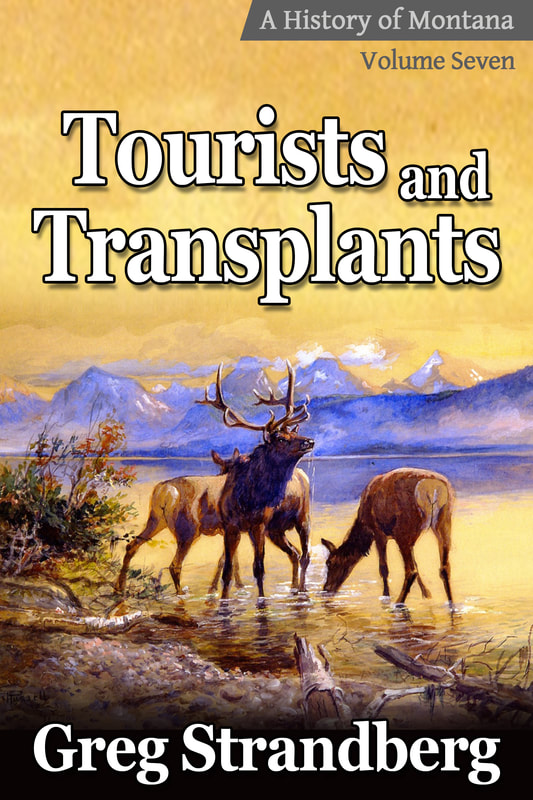- 1914
- 1920
- 1922
- 1924
- 1928
- 1942
- 1944
- 1948
- 1952
Those were the years that Wellington Rankin ran for office. Most of the time he lost.
But as you can see, the guy just didn’t give up.
Rankin had been born in Missoula on September 16, 1884. His sister Jeannette had been born 4 years before.
Wellington ran for the U.S. House in 1914 and lost.
The Republicans beat him by 20,000 votes and even the two Socialist candidates beat him by 3,000 to 6,000 votes.
Must have been disheartening.
He went off to war for awhile but then came back in 1920 and ran for Montana’s Attorney General. He won that one.
Then in 1922 he decided he again had a chance to get to Washington. He lost 56% to 44%.
Rankin ran for reelection to Attorney General in 1924 and won. Then in 1928 he chose to step down to run for governor.
The corporate media didn’t help him any. The newspapers’ “Rankin at his Rankest” had become a rallying cry for one reason – Anaconda Company controlled the press and Rankin wasn’t going to play ball with them.
Rankin promised that if he was elected he’d “reduce state expenses by removing the private telephone wire between the state house and the company offices.” Whether those lines actually existed or not was never proven, perhaps because Anaconda threw their support behind “Honest John” Erickson that year.
On November 3, the day before the election, the Anaconda Standard called Rankin “a baboon…tomcat…jackass…yellow dog” and “snake” all in one editorial.
It was a landslide, with Erickson 58% to Rankin’s 41%. The in-charge-corporation in Montana knew it wanted “Honest” John, they put their media attack dogs to work, and they got their man.
Rankin took some time off at that point, focusing on his growing landholdings. He did come back in 1942 to challenge rabid anti-Semite Jacob Thorkelson for the U.S. House. He beat him, too, though lost in the general that year.
Rankin came back in 1944 to run for governor against Sam “Model T” Ford. The results were worse than two years before – Rankin got just 12% of the vote compared to Ford’s 88%.
In 1948 Rankin came back and ran in the Republican primary for U.S. Senate, though he lost to Tom Davis, 56% to 44%. Davis would go on to lose to James Murray, 57% to 43%.
Rankin came back in 1952, running once again for U.S. House. It looked like his luck was set to change when he won in a three-way primary, picking up 45% to his nearest opponent’s 39%.
That November saw more than 110,000 people vote, but they sent Metcalf to Washington with 50% of the vote compared to Wellington’s 49%. Just 1,593 votes separated the two men, but even with the 888 votes Socialist Laverne Hamilton took, it wouldn’t have been enough for Wellington to win.
It would prove to be Wellington’s last race. He never again ran for public office after what must have been another in a long string of bitter defeats.
There was a final bright spot in his life when he married Louise Replogle in 1956, a woman nearly forty years his junior. “He didn’t seem that much older,” Replogle told the Big Sky Journal’s John Byorth in 2008. “We had all the same interests, and he seemed much younger.”
Wellington most likely enjoyed those last years, which also saw him become the largest private landowner in the state, “with more than 1 million deeded and leased acres of land and 27,000 cattle at his operation’s peak.” He would die ten years later in Missoula, on June 4, 1966. He was 81 years old.
His wife remarried. The lucky man was Jack Galt. The Galt family is now one of the largest landowners in the state, and they have a great deal of interest in the oil industry here.


